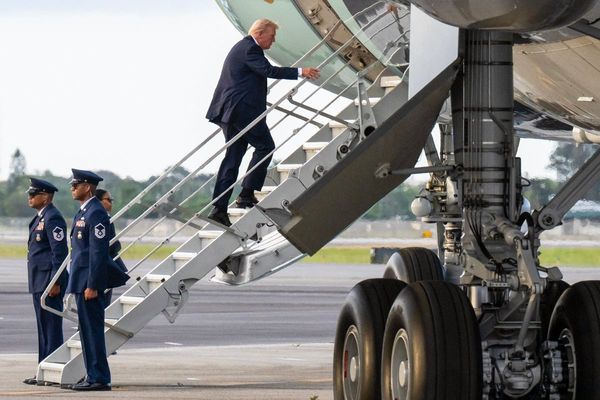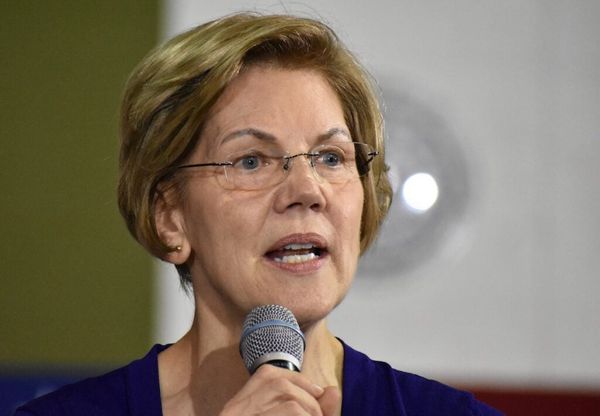A key measure of CEO confidence dipped slightly lower into negative territory, according to a survey of executives out Thursday morning.
- About two-thirds said they expect stagflation over the next year and a half.
Why it matters: It's a sign of the uncertain business environment — as leaders grapple with a constantly changing policy landscape, particularly around tariffs.
By the numbers: Confidence dipped one point from the previous quarter, to 48, per the report from the Conference Board, a nonpartisan think tank and the Business Council, an association of CEOs.
- A number below 50 reflects more negative than positive responses.
- 64% of CEOs said that they are preparing for a mild economic slowdown with slightly increased inflation pressure — a one-two punch known as stagflation.
- Only 22% said they were preparing for a "balanced economy with trend growth and gradual reduction in inflation pressure."
Friction point: The CEOs said geopolitical, cyber and AI are their top concerns.
- While 81% said they expect AI to "fundamentally change most job roles in their organization within five years," only 9% said that's already happening.
The big picture: The White House's trade policy has bounced around all year. At the moment, President Trump is threatening 100% tariffs on Chinese goods, a move that would be devastating for American companies.
"There is still a lot of uncertainty overall in terms of economic policy, in terms of geopolitical events," Stephanie Guichard, a senior economist at the Conference Board, tells Axios.
- Policy has changed so fast in the past 10 months, it takes time to figure out where we are going, she adds.
Yes, but: Confidence has bounced back from the big dip it took last spring when the president's initial "Liberation Day" tariff announcement rocked markets.
- And the share of CEOs who say they plan on increasing hiring and capital investment increased from the previous quarter.
How it works: From Sept. 22 through Oct. 6, the Conference Board surveyed 130 CEOs in the Fortune Global 500, most of them in the U.S.







